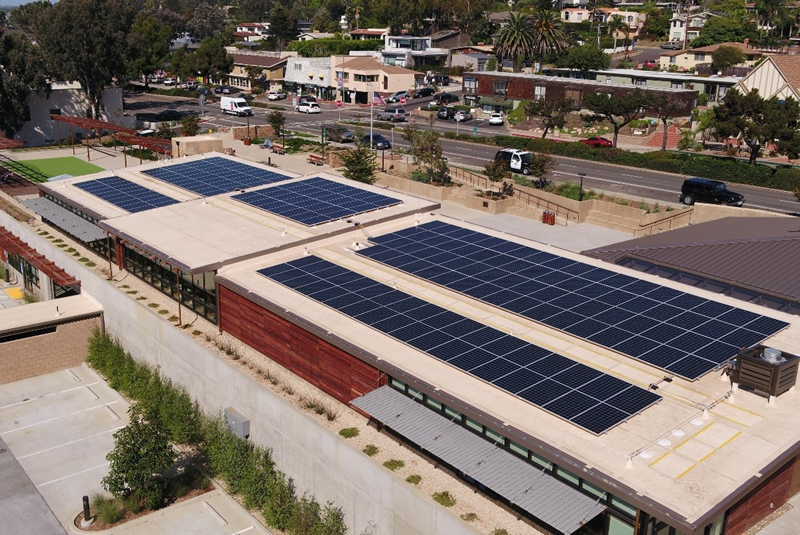Worldwide, commercial and industrial microgrid deployments are increasing at a rapid rate, driven by growing demand for reliable and secure power. Navigant Research forecasts that global C&I microgrid deployments will increase from 448.3 MW in 2017 to 5,389.1 MW annually by 2026.
With advantages such as operational cost reductions, resiliency, and clean power, microgrid systems that incorporate diverse generation sources and energy storage technologies are not only enhancing the profitability of commercial and industrial enterprises, they’re paving the way for a more sustainable energy future.

What are the specific advantages of incorporating multiple resources into the generation mix? How are C&I customers financing these projects? Microgrid News spoke to Christopher Wiacek, Manager, Technical Business Development at Enel X, to learn his perspectives on grid-tied microgrids for commercial and industrial applications and the advantages of incorporating multiple distributed energy resources. We’re honored to share his insights here.
Microgrid News (MN): What makes multi-DER microgrids so effective for C&I customers?
Chris Wiacek (CW): Grid-tied DER systems are attractive to C&I customers for a number of reasons, but we find that these benefits can generally be distilled into five discrete categories:
- Utility bill reduction
- Energy market access
- Grid/Ancillary service market access
- Facility resiliency
- Organizational goals
The needs of every client and every facility are unique – as are the market opportunities. Having the ability to provide different combinations of DERs in order to address different client needs while securing different revenue streams is a tremendously valuable capability.
MN: How do microgrids support resilience in C&I applications?
CW: Many of our clients are located in regions with unreliable grids or those prone to certain natural disasters. By deploying these DERs in a strategic fashion, we are able to reduce their operating expenses during the normal course of business – and also provide a level of operational continuity in the event that a loss of grid connectivity occurs.
Operating on-site base load or emergency standby generators can become exorbitantly expensive over time due to the operational and fuel expenses arising from their use. Coupling on-site renewables and storage with these traditional generation assets provides a savings during both a) normal operating conditions and b) outage or grid import-constrained conditions in which a fossil fuel generator would otherwise be running.
MN: How are grid-tied microgrids advantageous from a cost perspective for C&I customers?
CW: Grid-tied DER systems are an opportunity for our clients to realize a significant reduction in their operating expenses, provide facility resiliency, and obtain organizational goals such as renewable energy supply targets. No two clients are alike in their needs, every energy market presents unique challenges, and each class of DER can target different types of value streams. Being able to cater to the needs of each specific client and provide the appropriate DERs to maximize the value in their particular energy market is critical.
While clients are regularly interested in being able to realize reductions in operational expenses via the above, many are not able to allocate the capital required to purchase and operate these systems themselves. When our clients choose to work with an integrated energy infrastructure developer and investor like Enel X, we are able to provide various financial vehicles to make these operational savings more attainable – while also operating these assets in complex energy markets on our clients’ behalf. Leases, PPAs, shared savings, and other similar “no up-front capital” structures are just some of the options available to our clients.
MN: What sorts of design tools do you use to assess the feasibility of your C&I microgrids?
CW: Enel X uses a wide variety of technical and economic evaluation methods to determine the feasibility of deploying DERs at our client’s facilities. Some of these methodologies and tools are developed internally within Enel X, while others utilize commercially-developed software packages such as HOMER Grid and Pro.
Christopher Wyacek delivered a presentation on this topic last week at the 7th annual HOMER International Microgrid Conference. If you’re interested in uncovering similar value in commercial and industrial microgrid applications, visit HOMEREnergy.com to download a free trial of the HOMER Grid software.
HOMER Grid is designed to help C&I customers leverage distributed energy investments to cut demand charges and benefit from storage technology. Download HOMER Grid now and explore your opportunities during the free trial.

